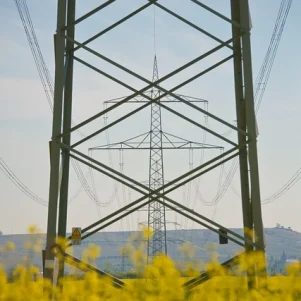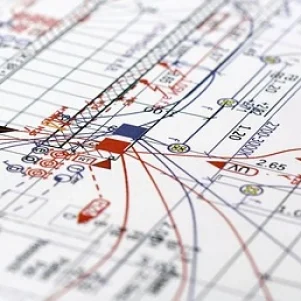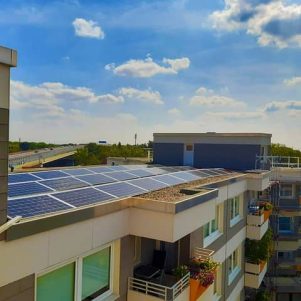The Delegated Act supplementing Directive (EU) 2018/2001 of the European Parliament and of the Council by establishing a Union methodology setting detailed standards for the production of renewable liquid and gaseous transport fuels of non-biological origins (the EU Delegated Act) sets out parameters that classify hydrogen as green at the EU level.
In other words, the Delegated Act sets out the requirements for categorising hydrogen and other hydrogen-based fuels as green or renewable. It is crucial that the electricity used to produce these fuels is renewable and that the criteria distinguish between electricity obtained through a direct connection (between a renewable electricity generating facility and a hydrogen production facility) and electricity obtained from the grid. Hydrogen producers have the option to combine different electricity sources.
Electricity from a direct connection
Electricity from a direct connection to a renewable electricity generating installation may count as renewable in hydrogen production, and therefore the hydrogen produced from it shall be considered green, provided that the hydrogen producer proves that:
- The renewable electricity generating installations and the hydrogen production installations are connected or located in the same installation
- The additionality requirement is met, i.e. the electrolysers used to produce hydrogen are connected to a renewable electricity production facility that is less than 36 months old to the entry into operation of the hydrogen production facility
- The installation is not connected to the grid or, if so, a metering system demonstrates that no electricity from the grid has been used to produce hydrogen.
Electricity from grid connection
Electricity used for the production of hydrogen taken from the grid shall be considered renewable, and consequently, the hydrogen produced with it shall be green if:
- The average share of renewable electricity exceeds 90% in the bidding zone.)
- The hydrogen production facility is in a bidding zone with an electricity emission intensity below 18 gCO2eq/MJ, and the temporal and geographical correlation is satisfied
- Hydrogen production contributes to the integration of renewable energy generation into the electricity system by reducing the need for redistribution of renewable energy. Electricity used for the production of hydrogen taken from the grid shall be considered renewable, and consequently, the hydrogen produced with it shall be considered green if:
- Additionally, temporal correlation and geographical correlation requirements are achieved:
- Additionality: to ensure that green hydrogen generation contributes to the increased volume of renewable energy in the grid, from 2028 onwards, electrolysers to produce hydrogen will be required to be connected to new renewable electricity production plants. That is to say, the operating renewable electricity generating installation is not older than 36 months before the hydrogen production installation starts operating.
- Time correlation: until 31 December 2029, the time correlation condition shall be deemed to be fulfilled if the hydrogen is produced in the same calendar month as the renewable electricity used for its production. Starting on January 1st, 2030, there will be a requirement for hydrogen production to occur within one hour of the production of the renewable electricity used to produce it. It means that the time between electricity and hydrogen production must not exceed one hour. However, starting on July 1st, 2027, Member States can introduce even stricter rules regarding time correlation if they wish to do so.
- Geographical correlation: the plant generating the renewable electricity used to produce the green hydrogen shall be about the electrolyser:
- In the same bidding zone
- In an interconnected bidding zone, including in another Member State of the European Union
- In an offshore bidding zone interconnected with the bidding zone where the electrolyser is.
These requirements for qualifying hydrogen as green shall apply to all producers within the European Union and in third countries wishing to export renewable hydrogen to the European Union to meet renewable energy targets. To this end, it outlines the features of a certification system based on voluntary schemes that will ensure that producers can easily demonstrate their compliance with the EU regulatory framework and trade green hydrogen within the single market.
The Delegated Act foresees a timeframe corresponding to the period in which electrolysers are developed and placed on the market for the gradual implementation of the standards. After this period, the regulations will become stricter.
If you need additional information regarding green hydrogen requirements,





